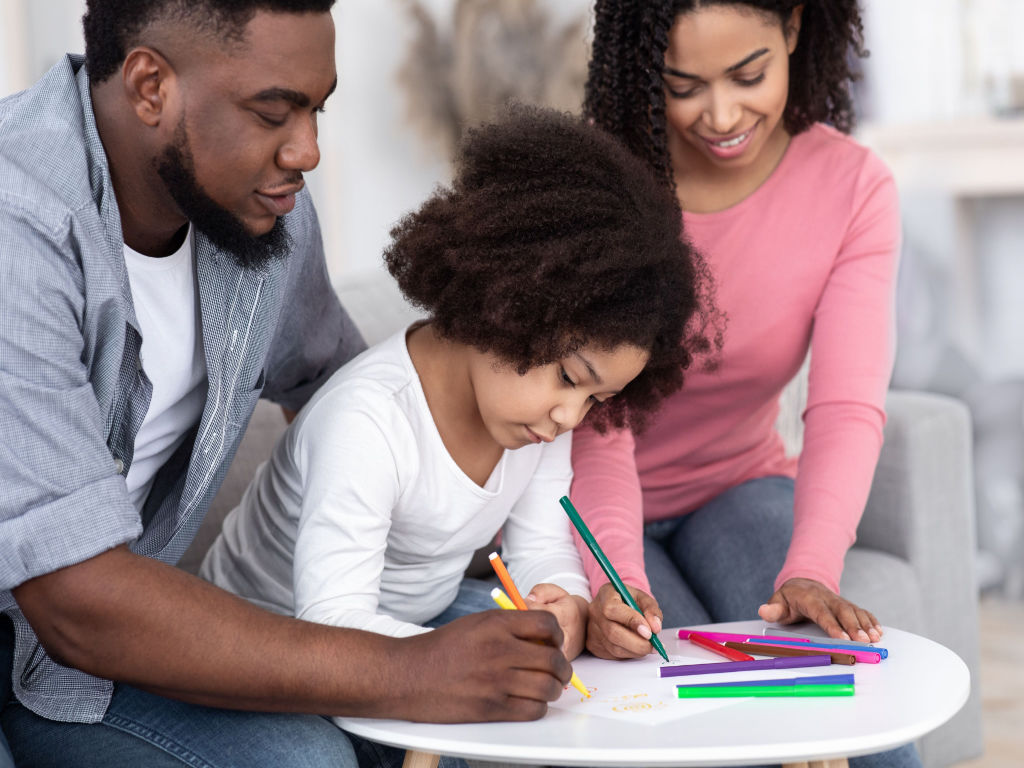Teaching Your Kids How to Express Gratitude
It is important that children learn how to express gratitude, but this is not something that typically comes naturally.
Below we will go over why learning gratitude is important. Then we talk about how you can show gratitude to your children, in order for them to see how it feels when those around them are grateful. Then we will wrap up with different things that you can do with your children to help them learn gratitude. Continue reading to find out to help your children understand and express gratitude.
Why is it important to learn gratitude?
Gratitude is inherently tied to affection and caring for others. By teaching children to be grateful, you are also teaching them that it is important to care about others. This can include your immediate family, but can extend outwards to those less fortunate and the community at large.
Beyond this, someone who receives whatever they want often forgets the value of the object and the fact that someone gave it to them. Limiting what is received allows you to focus on what is important in your life. By having less, your children can focus on truly feeling thankful for what they do receive from others.
How can I model gratitude for my children?
Children learn a lot by seeing and doing. They are watching you. If you express gratitude and lead them to it, they are more likely to take to the subject.
One way you can express gratitude is leading the children in a daily “give thanks” round table. You can go around the table and talk about what you are thankful for, focusing on the people present who helped you to feel that way. For instance, “I am thankful that Dad took us out for ice cream” or “I am grateful that Jennie decided to run the three-legged race with me.”
Another way you can model gratitude and start sharing it with your kids is by saying no to things you don’t need. Would you like a new pair of running shoes? Yes. But do you need them or are your old ones still sufficient? If you pass a nice pair of shoes at the store, you could tell your children how you like them and would like to have them, but you don’t need them. This will teach them that they don’t need everything they see in life and that they should appreciate what they have.
Helping one another is another big one that models for children how to be grateful. Have children help you make dinner, where they can see the amount of work that goes into this. Similarly, you can help your child from time to time on certain chores that take a while, where they can see how nice it is when someone helps you.

How can I help my children learn and express gratitude?
Much in the way of modeling, you can model and then encourage your children to verbally express when they are thankful for something throughout the day. You can say things like “I’m so happy that our dog, Benji, is so well behaved at the park.” This verbal acknowledgement will help children to see what everyday things they should be grateful for.
You can help your kids with gratitude by having them volunteer at a food bank/drive or soup kitchen. Here they will learn about helping those who are less fortunate. This should trickle down into them understanding how fortunate they are and how they should be grateful for what they have.
OTHER WAYS TO HELP TEACH
You can get your children involved in donations for others. A few times a year you can have them go through their closets for clothes they don’t wear or that are getting too small. You can also have them look through their toys for what they don’t really need. When going to donate them, you can talk about how someone else will now love their old things and how kind they are being by choosing to donate.
Limit the tangible aspects of gift-giving occasions. You can switch focus to family outings in lieu of a lot of gifts at holidays, such as a zoo or museum membership. Some people simply the gift process down to the 4 gifts – something you want, something you need, something to wear, and something to read. Limiting tangible gifts will help your child be grateful for family time and draw gratitude towards the gifts they do receive.
Also, when it comes to gifts you can encourage your children to pick out gifts the recipient would truly love. Instead of mom or dad buying all the family gifts, have children pick out individual fits for family members.
Conclusion on how to teach children to express gratitude
Now you know why it is important for children to learn gratitude. You also know how you can model it for your children and how you can practice gratitude at home. You and your family can now be grateful for the gifts in your life.
